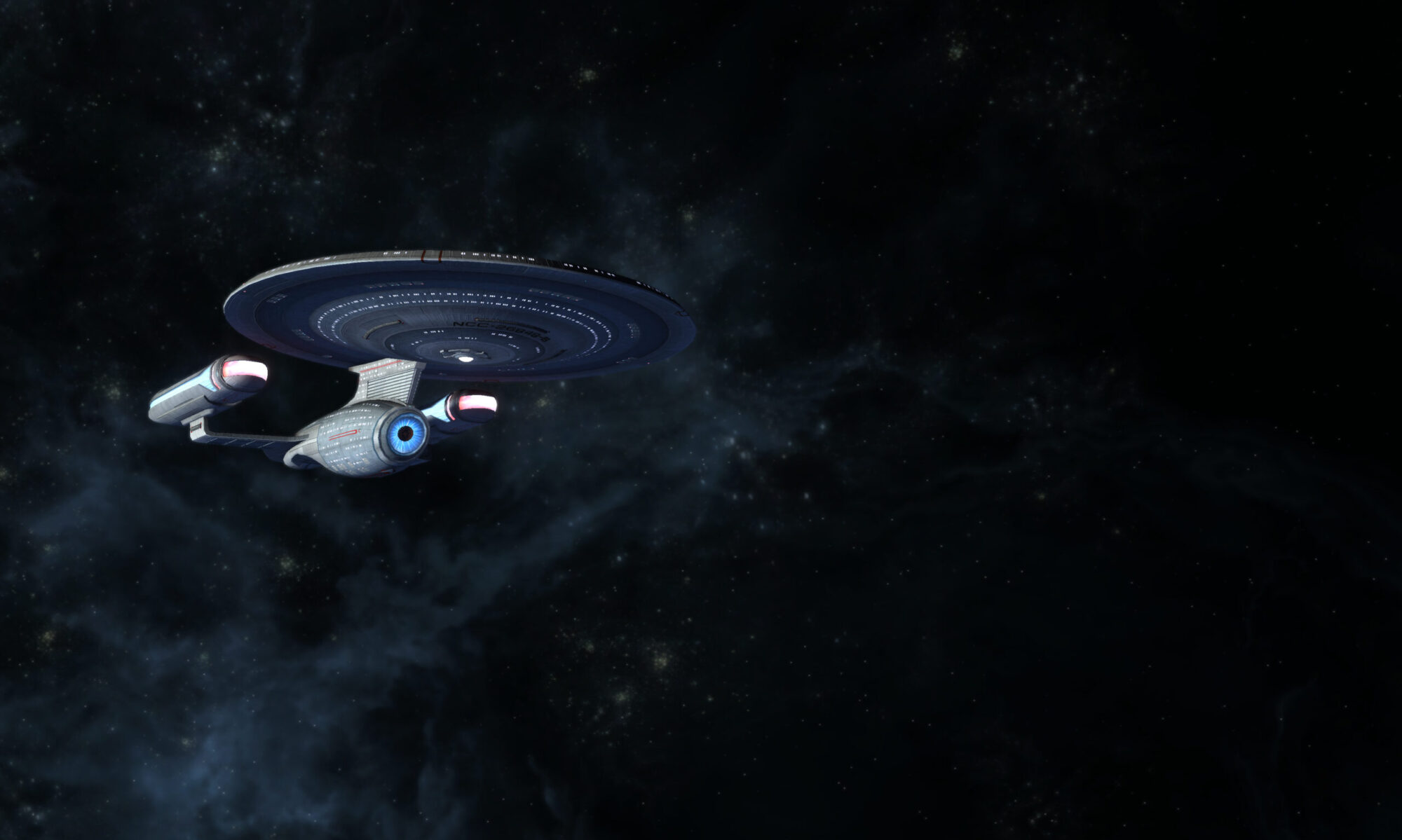
Chief Engineer’s Log: Having successfully traveled back into the early 21st century, we arrived at the California Academy of Sciences, and the crew of the USS Loma Prieta split into teams to examine various aspects of this historic building which. By the mid 22nd century, this bastion of scientific wonder was relocated to make way for the construction of Starfleet Headquarters and Starfleet Academy.
Leading the Engineering team, and accompanied by Ensign Cindy Bee, we proceeded to examine future engineering technology as it applied to space travel during the early 21st century. Our attention was drawn to the NASA table containing the Kepler project. The Kepler project, or just “Kepler”, is NASA’s first attempt to find class M planets outside our own solar system. At this point in Earth history, the only manned space exploration has been to the Earth’s moon.
Using a specially designed, very sensitive, wide-field telescope called a photometer, Kepler seeks to detect planets that can support life, by detecting light from nearby stars that is periodically blocked by orbiting planetoids. Kepler was launched into orbit around the Earth’s sun (Sol) on March 6, 2009 and functions as a very precise light meter. Data from at least three transits of a planetoid must be collected in order to ensure that it is indeed a planet orbiting the given star. Transits occur when the orbit of a planet is along our line of sight to a star. These transits can last from a few hours to about half a day and happen once per orbit.
Once enough data has been collected, scientists can determine both the planet’s size and its orbit from the transits. The planet’s size determines if you could have a life-sustaining atmosphere. Knowing the orbit and type of a star, scientists can determine if the planet is in the “HZ” of that star. The HZ refers to the “habitable zone” and is the range of distance from a star where liquid water can exist on a planet’s surface. With the current understanding of carbon-based life, water is required for the chance for life to develop on a planet outside our solar system, at least life similar to our own. Of course, finding such a planet does not guarantee that it will support life, but this is the first step that NASA has taken to determine this without resorting to further manned missions within the galaxy.
Kepler is pointed at a rich star field in the Cygnus and Lyra regions of our galaxy, the Milky Way, and continuously monitors more than 100,000 stars to look for planets. In the early 21st century, the world was still using a system called the Internet to communicate and store information. By current Starfleet standards, the system was laughably inadequate. Using this medium, information regarding the project could be found at the internet address of http://kepler.nasa.gov. It is amusing to note that Starfleet crews have visited thousands of class M planets in its history, and one has to wonder if the Kepler project had detected any of those beforehand. Upon completing our research, myself and Ensign Cindy Bee concluded our reports and went in search of synth ale, however it hasn’t been invented yet so we had to drink a regional version of beer instead. I have to say, programmers for the replicators and manufacturers of synth ale should really come back in time and get some samples of beer so that they can more closely duplicate the flavors. If only the Academy had been dispensing whiskey, now that would’ve been a wonderful history lesson.
~Lt. Tom Hesser
Chief Engineer
USS Loma Prieta
Starfleet, Region 4
